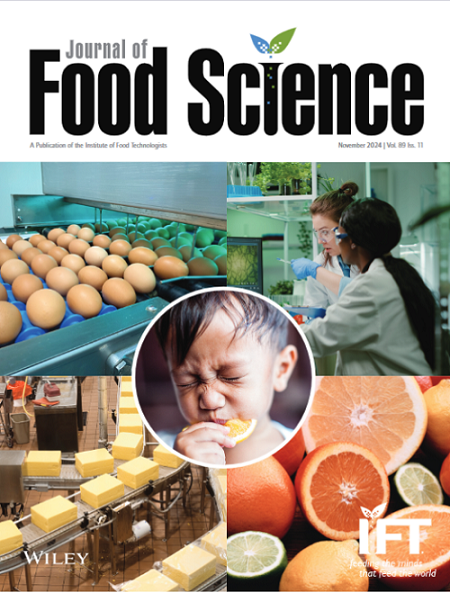Microbial-Metabolite Interactions Underlying Quality Differences Between Green and Red Citrus Reticulata “Chachi” peel
Abstract
By using non-targeted metabolomics technology and high-throughput sequencing methods, the differences in metabolites between the green and red Citrus reticulata “Chachi” peels (CRCP), and their associations with microbial communities were systematically analyzed. Combined with physicochemical indicators (browning degree, total flavonoid content, antioxidant capacity), the material basis of their quality and functional components was explored. The results showed that the total flavonoid content (21.89 mg/g) and the antioxidant indicators (ABTS, FRAP) in green CRCP were significantly higher than those in red CRCP (P < 0.05), while there was no significant difference in browning degree. Metabolomics analysis showed that a total of 1,322 differential metabolites were identified in green and red CRCP. A total of 723 metabolites in green CRCP were significantly up regulated (∼54.70%) (p < 0.05), including active components such as lariciresinol, ginsenoside Rb1, and salidroside, with potential anti-diabetic, anti-tumor and anti-depression properties, respectively. Correlation analysis of physicochemical indicators and metabolites indicated that antioxidant capacity was positively correlated with most metabolites (83.56%), and the accumulation of core metabolites such as dodecatetraene and genipin was synergistically regulated by FRAP, ABTS, and total flavonoids. The abundance of fungi such as Aspergillus spp. In green CRCP was relatively high, which was positively correlated with the total flavonoid and antioxidant indicators, driving the synthesis of flavonoids. Cladosporium in red CRCP was negatively correlated with metabolites, and bacteria were negatively correlated with antioxidant indicators. This study reveals the advantages of green CRCP in antioxidant activity, and provides a theoretical basis at the metabolite and microbial levels.





 求助内容:
求助内容: 应助结果提醒方式:
应助结果提醒方式:


